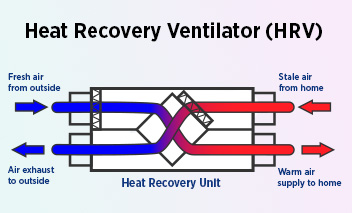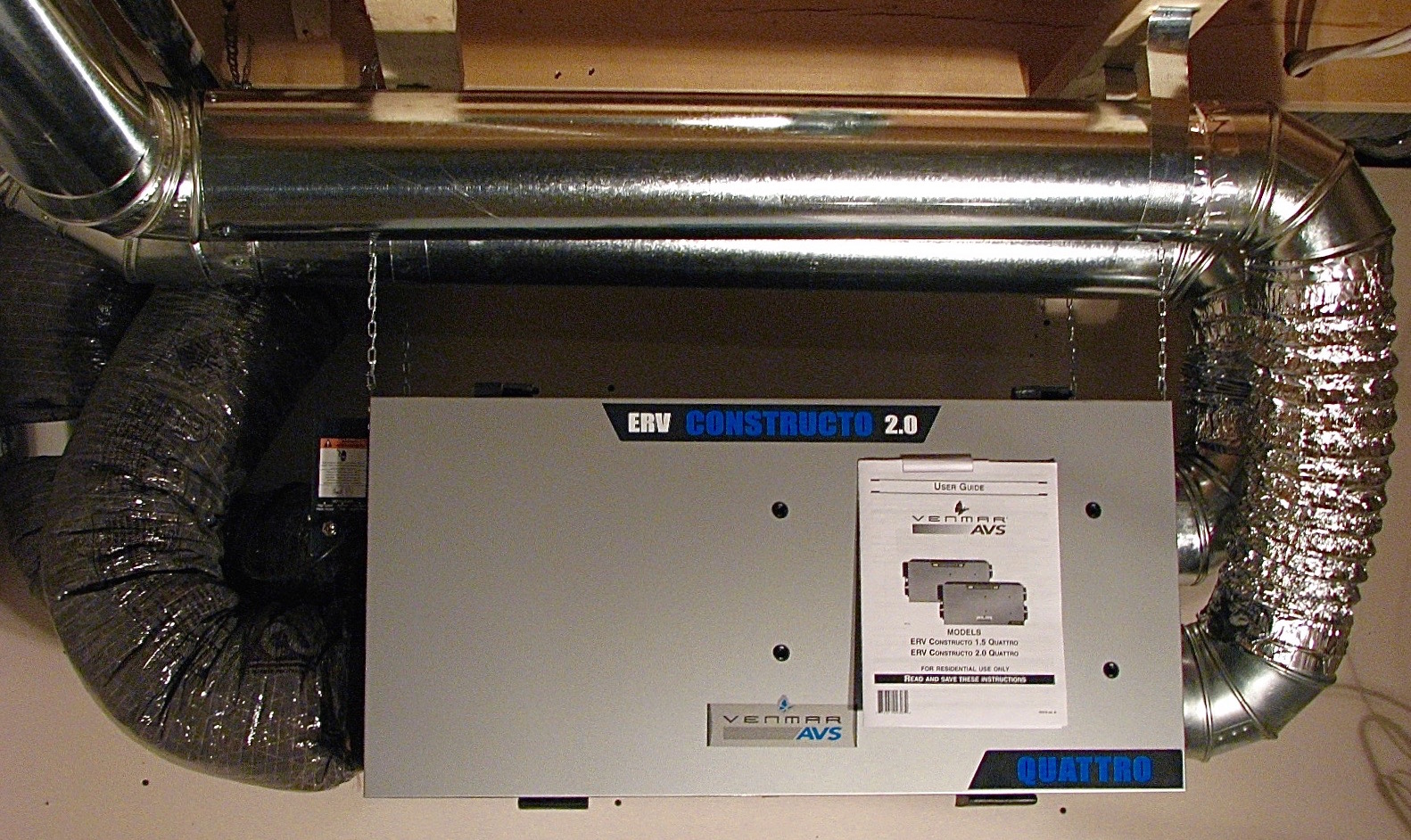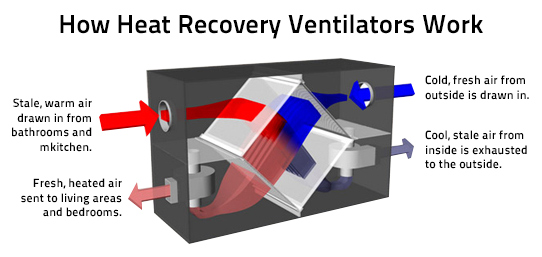How Does HRV and Why It Matters for Energy Savings
The All-Inclusive Guide to the Uses of Heat Recovery Ventilation in Modern Buildings
Heat Recovery Ventilation (HRV) systems represent a considerable advancement in developing modern technology (HRV Heat Recovery Ventilation). They supply an approach for exchanging stale interior air with fresh outdoor air while decreasing energy loss. This technique not only boosts indoor air quality but likewise adds to energy performance in both household and industrial buildings. Comprehending the numerous applications and advantages of HRV can disclose its vital duty in contemporary style and sustainability initiatives. The ramifications of this innovation deserve checking out better
Comprehending Heat Recovery Ventilation Systems

Lots of contemporary buildings prioritize power performance, recognizing warm recovery ventilation (HRV) systems is important for optimizing indoor air top quality and decreasing power usage. HRV systems work by transferring warm from stale interior air to incoming fresh air, successfully preserving comfortable indoor temperature levels while lessening power loss. These systems contain a warm exchanger, followers, and ductwork that facilitate the blood circulation of air. Throughout winter, HRV systems capture and recycle warmth from the outward bound air, while in summertime, they can help cool incoming air. By continuously trading air, HRV systems also reduce humidity and the focus of interior toxins. Proper installment and upkeep of HRV systems are important for their effectiveness and effectiveness in enhancing total building efficiency and convenience.
Benefits of Heat Recovery Ventilation
Heat recovery ventilation systems use various benefits that boost both power efficiency and indoor air high quality in modern structures. By catching and reusing power from exhaust air, these systems significantly decrease heating & cooling costs, leading to lower power intake. They preserve a constant flow of fresh outside air, minimizing the threat of indoor air toxins and irritants. This continuous exchange helps regulate humidity levels, avoiding mold growth and guaranteeing a much healthier living atmosphere. In addition, HRV systems contribute to sustainability goals by decreasing general carbon footprints. Their capacity to enhance air flow without compromising thermal convenience makes them a useful enhancement to contemporary building layout, promoting both financial and ecological benefits.
Applications of HRV in Residential Structures
As house owners increasingly focus on power effectiveness and indoor air top quality, the applications of warmth recovery ventilation (HRV) systems in property buildings have actually come to be extra widespread. HRV systems are particularly helpful in firmly sealed homes, where linked here keeping fresh air blood circulation is crucial for protecting against moisture buildup and interior pollutants. They effectively move warm from outward bound stale air to inbound fresh air, reducing energy expenses connected with heating and cooling. Additionally, HRVs can enhance comfort degrees by managing humidity and temperature. They are likewise adaptable for various household designs, including single-family homes and multi-unit structures. Generally, integrating HRV systems supports lasting living methods while guaranteeing a healthier interior environment for passengers.
HRV in Commercial and Industrial Settings
In commercial and industrial setups, the execution of check my site warmth healing ventilation (HRV) systems has actually ended up being significantly essential for optimizing energy performance and maintaining air quality. These systems successfully move warm from exhaust air to incoming fresh air, minimizing the demand for added heating or cooling. This not just lowers energy prices yet likewise adds to sustainability campaigns. Industries such as production, warehousing, and office complex profit substantially from HRV systems, as they help regulate temperature level and moisture degrees, making certain a comfortable and effective atmosphere. HRV systems aid in getting rid of pollutants and excess moisture, enhancing interior air top quality. As laws around air high quality become more stringent, the fostering of HRV innovation is most likely to grow, making it a vital component of contemporary business and industrial framework.
Future Trends in Heat Recovery Ventilation Modern Technology

Often Asked Inquiries
How Does Heat Recovery Ventilation Effect Indoor Air High Quality?
Heat recovery ventilation substantially enhances indoor air quality by continuously exchanging stagnant interior air with fresh outside air while recovering energy. This procedure minimizes contaminants, maintains perfect moisture degrees, and guarantees a much healthier setting for residents.
Can HRV Systems Be Installed in Existing Buildings?
HRV systems can undoubtedly be mounted in existing buildings. Retrofitting might call for alterations to ductwork and air flow layouts, however it considerably enhances energy effectiveness and interior air high quality, making it a viable choice for older structures.
What Maintenance Is Required for HRV Equipments?

Exist Particular Climates Where HRV Is More Reliable?
Heat recovery ventilation systems are specifically efficient in environments with substantial temperature level distinctions between seasons. These systems maximize energy effectiveness by recouping warmth from exhaust air, making them excellent for both cold and reasonably warm environments.
Exactly How Do HRV Systems Affect Energy Bills?
